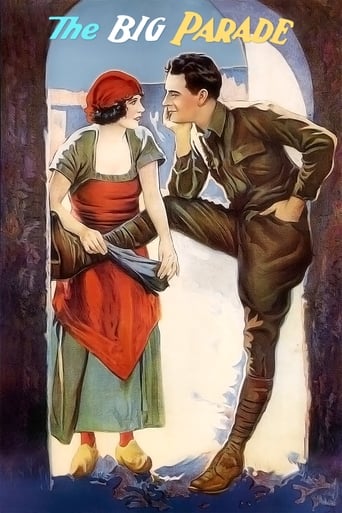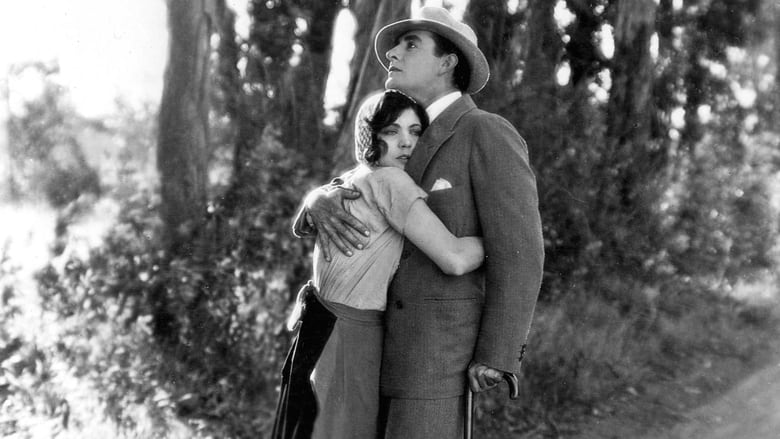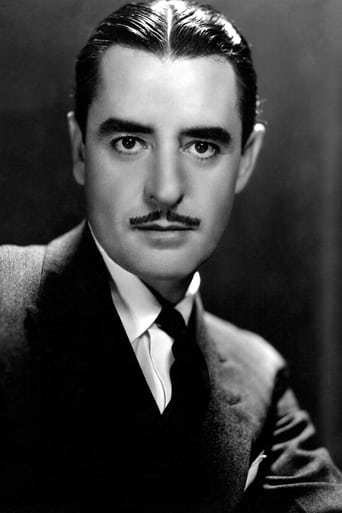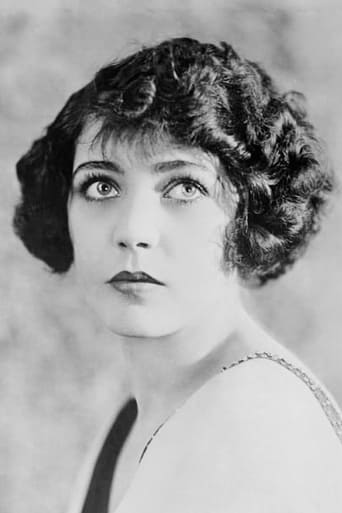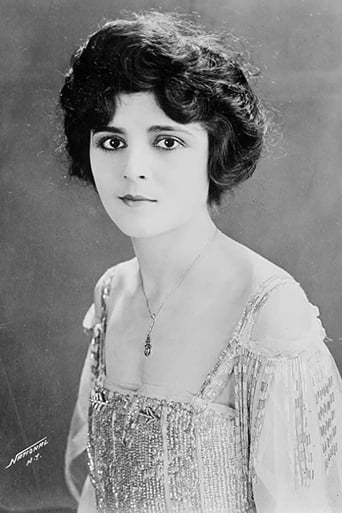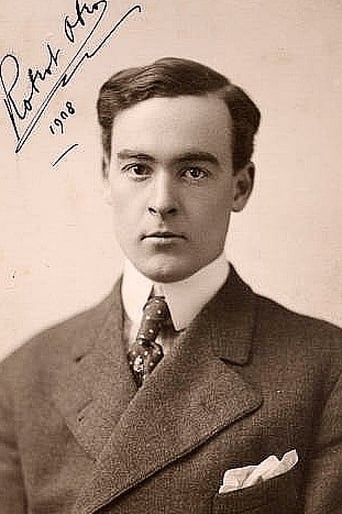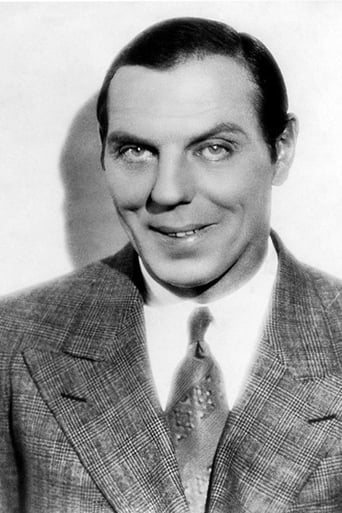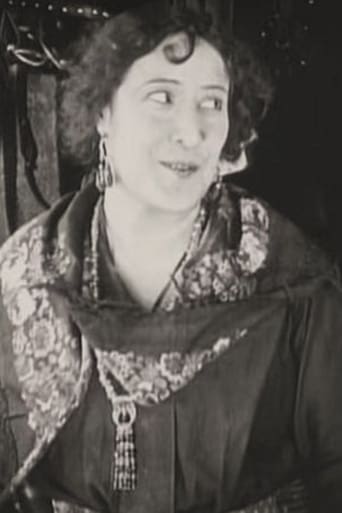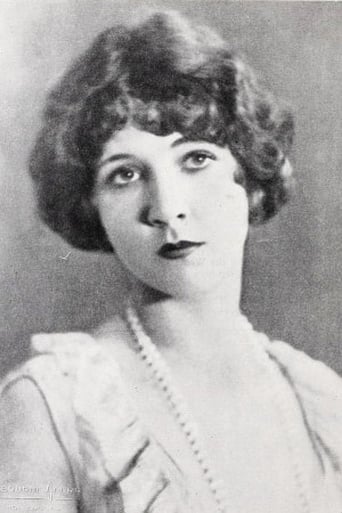The story of an idle rich boy who joins the US Army's Rainbow Division and is sent to France to fight in World War I, becomes friends with two working class men, experiences the horrors of trench warfare, and finds love with a French girl.


Similar titles
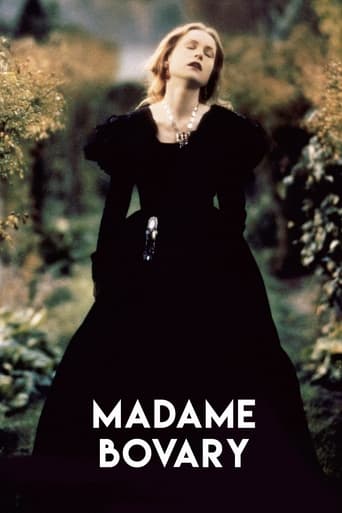
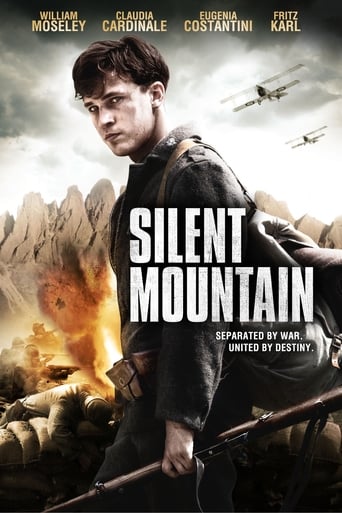
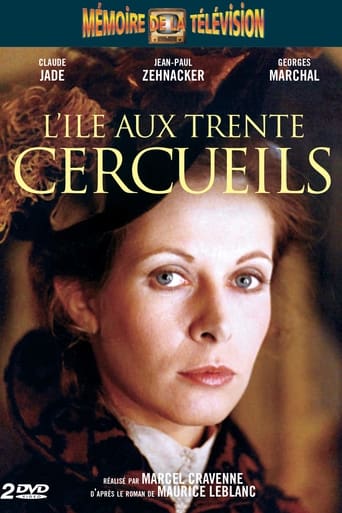
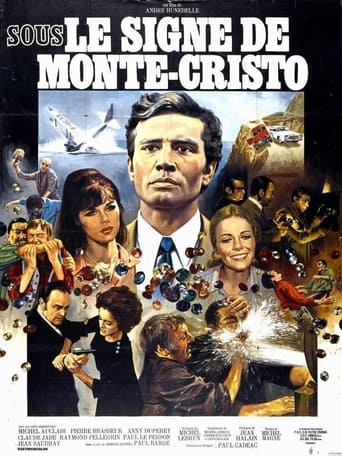
Reviews
It occurred to me while watching "The Big Parade" that a double feature of it and "All Quiet on the Western Front" would just about be the last cinematic word on World War I.If you're looking for a movie director with range, look no further than King Vidor, who could direct an astonishing war epic like this and then deliver a melodramatic weepie like the equally sensational "Stella Dallas." "The Big Parade" is silent film at its visual best. It features perhaps the best goodbye scene ever captured on camera, when cadet John Gilbert leaves for the war and shares a tearful farewell with his girl, while a phalanx of army vehicles charges by in the background. It's only one of many scenes that uses parade imagery for increasingly ironic purposes, culminating in a twist at the end that had to have hit audiences at the time, when the war was still a pretty fresh wound in the psyches of many, like a ton of bricks.Not just an excellent silent film, but an excellent film, period, and one that would hold its own with any number of more sophisticated examples of the art form made since.Grade: A
This movie traces three men from the same American town. The men are from different social and economic backgrounds. Jim (John Gilbert) is the rich son of a mill owner, 'Bull' (Tom O'Brian) is a bartender, and Slim (Darl Dane) is a riveter in construction work. When America joins the Great War in Europe all three enlist. As usual in movies of this type, there is a patriotic fervor in the town at the time that they join up. Jim's girl, Justyn (Claire Adams), is one of the first to assume that Jim will enlist and make her proud. This is the first use of the term, 'The Big Parade' on the movie's title cards—the big parade of patriotic people sending boys off to war. For the first 75 minutes of the movie, we get to really KNOW these three lovable and fun-loving guys, long before they actually go into any battle situations in Europe.While in a French village waiting for a battle, Jim meets a villager, Melisande (Renee Adoree). The movie spends time with Jim and Melisande as they try to communicate with each other in two different languages and have lots of fun and laughs together. When Jim and his buddies are actually called into action, Jim promises Melisande that he will be back. The long convoys of trucks and marching soldiers advancing into battle is the second use of 'The Big Parade' on the movie's title cards.The battle scenes are very well done showing bombing, large guns, mustard gas, aerial attacks, and hand-to hand combat. Much of the time, the three soldiers are in trenches or in bomb holes. When the commander orders one of them to clean out an enemy stronghold, the question is which one will be 'IT.' Slim sets up a spitting contest to determine which of the three will go. Slim easily wins--which means that he will go. When he doesn't return, his two friends become very anxious about him. Slim dies. Bull later dies in another assault. Jim gets hurt in the leg and is sent to an army hospital in another 'Big Parade' sequence. While in the hospital, he finds out that it is near the village where he left Melisande. In a search of her, he only finds a deserted house in the bombed out village. He is again wounded and sent home. Of course, his homecoming is another 'Big Parade.' However, after the term is used several times on the movie's title cards, it becomes increasingly more hollow and sarcastic.After seeing this movie and Vidor's The Crowd (1928), I am convinced that he was one of the really great SILENT directors! His movies stress beautiful images and bustling action rather than broad acting gestures. They are both playful and sad; the are replete with a realism that conveys genuine emotion. As one watches these movies, they don't seem contrived; they seem to be about REAL PEOPLE living real lives. Vidor's magic seems to be in the WAY he captures people and events without the use of sound. At least in these two movies, he is not afraid to let the story unfold naturally. These movies seem as fresh today as they were when they were first released.
King Vidor, like descendant such as Steven Spielberg, became the biggest, most famous directors of their time both for their willingness and desire to give the people what they wanted, across as many genres as possible, to as many people as possible, and The Big Parade depicts that desire in plentiful spades.The film is nominally a war film, taking place during World War I, where the wimpy, idle son of a rich businessman (John Gilbert) is forced by expectations to join the Army, and he is sent to the frontlines in France, where he befriends a few working-class soldiers, as well as finding a sweetheart, French cutie Renee Adoree. Their courtship features the second and third genres of the film, romance and comedy, as the sweet scenes where he teaches her how to chew gum is as charmingly endearing as the love scene where their attempts to whisper sweet nothings are hampered by their constant reliance on their separate translation books; and what is romance without its cousin melodrama, who shows up in chunks to make you weep, lest you be too happy and not affected. There's tragedy and reunions in perfectly modulated chunks, and although I might have rolled my eyes once or twice, it's mostly damn successful.A grand, populist epic, The Big Parade delivers on everything it promises (and it promises a lot), making it one of the better achievements of the entire silent era.{Grade: 8.5/10 (B+) / #2 (of 5) of 1925}
What constitutes an "anti-war" movie is something I've been discussing with friends for years. I believe the words "futility of war" has to be included in the definition. If WW1 was "the war to end all wars" it was an obvious failure, a failure of massive proportions. And yet the carnage from that war was incredible. this movie was the first to show the war from the point of view of the "grunts" fighting it. But we don't get that until the movie is half over, and that is what I think constitutes the film's genius. King Vidor was a great director, one of the best of his time - others have already commented on his career. But what he and the writer Laurence Stallings gave us in this film was the human dimension; who were those people who fought the war? We meet John Gilbert's character Jim and see him as a spoiled rich kid. Yes, it's stereotypical, but when he watches a 'big parade' he gets bitten with the patriotic bug and joins up. I can relate to that - I joined the Army in 1967 at age 19, and so did a lot of my friends. The middle section of the movie takes place in a French village where Jim, his two buddies Slim and Bull, and the rest of the troops await activation. I was actually a bit disappointed the film didn't show them going through training and becoming soldiers. I think they could have done this and cut out a bit of the village sequences. But nonetheless this is where the love story develops between Jim and Melisande. It's touching, a bit corny, and heart wrenching when Jim finally has to leave for the front lines.The battle scenes were revolutionary for cinema. As snipers shoot at the advancing American troops, I'm sure audiences were sweating it out. I'm also sure that WW1 veterans watching this movie in 1925 were probably flashing back to their experiences, and probably suffering some PTSD attacks, as Vietnam combat veterans did when viewing Oliver Stone's movie "Platoon" more than 60 years later. I personally believe that All Quiet on the Western Front borrowed heavily from these scenes, particularly the scene where Jim finds himself in a foxhole with a wounded German troop and finds that he can't kill him, though the wound he gave him earlier ultimately causes the German's death.Yes, the ending is as corny as can be. But Jim's coming home scene was riveting - and with today's war in Iraq bringing many young Americans home without a limb or two, it is extremely relevant.I didn't find Jim's rant in the foxhole to be over the top at all. Again, I think All Quiet on the Western Front borrowed from it. Who is fighting the war? Why is the war being fought? And who better to ask these questions than the troops on the ground. Given what's transpired in the 82 years since the release of this movie, I find it a stirring anti-war film if for no other reason we know that the deaths of some of the film's characters did not lead to an end to war, as they were promised. And I think King Vidor and Laurence Stallings knew that to be true when the movie was made, some dozen years before the outbreak of war in Europe.
